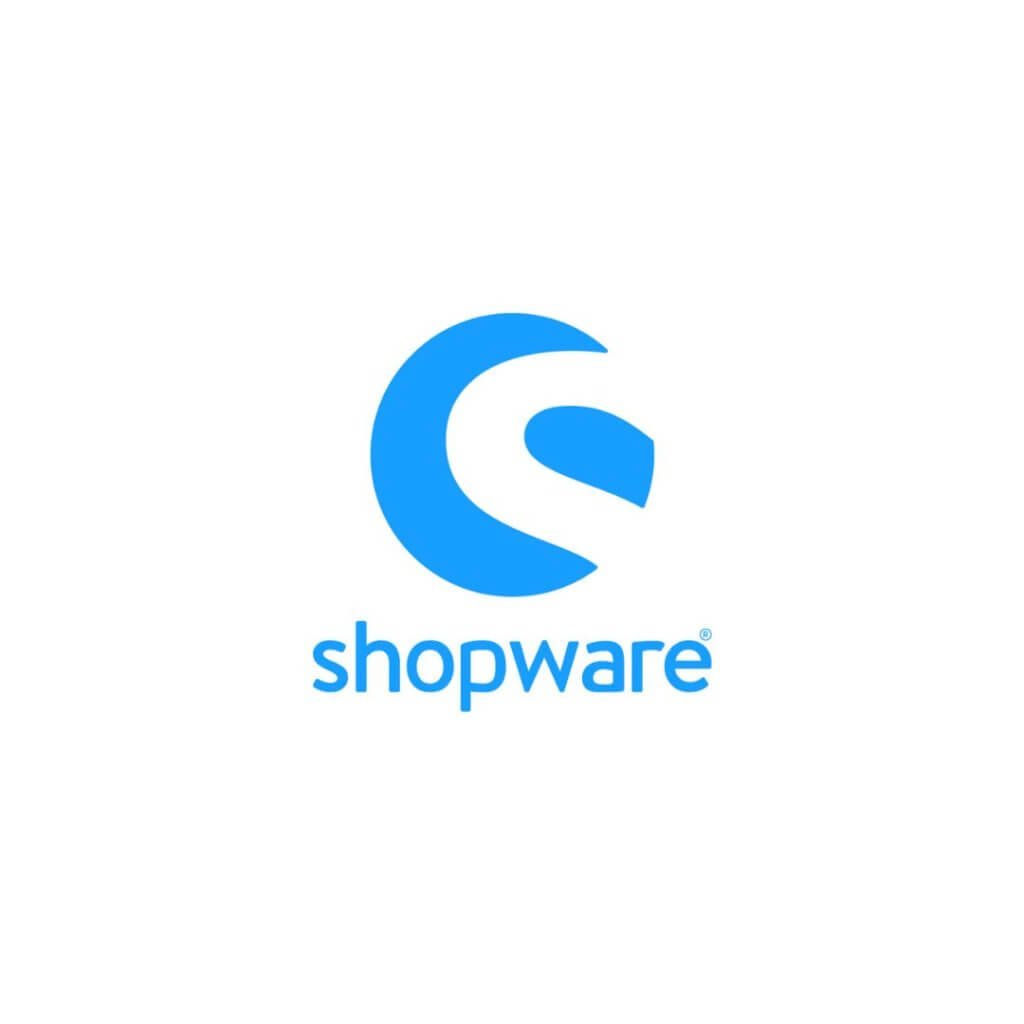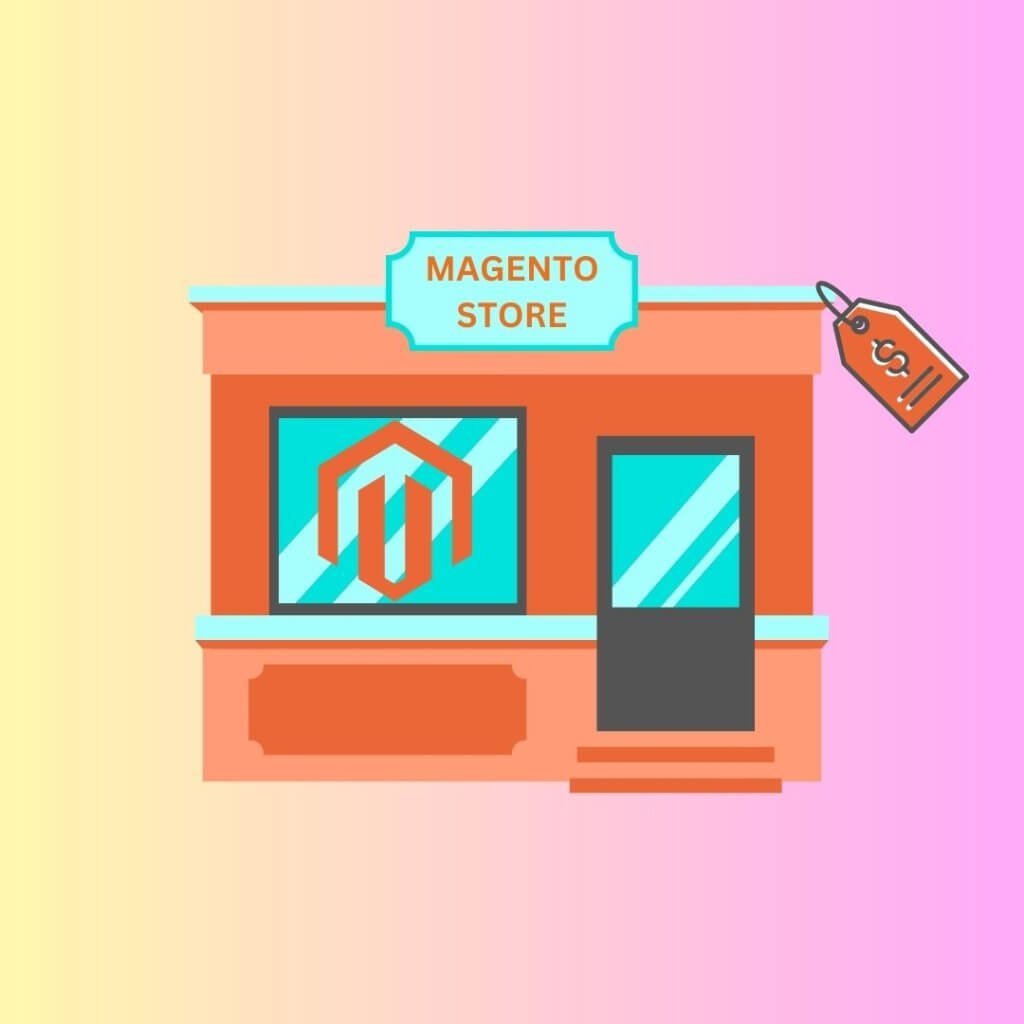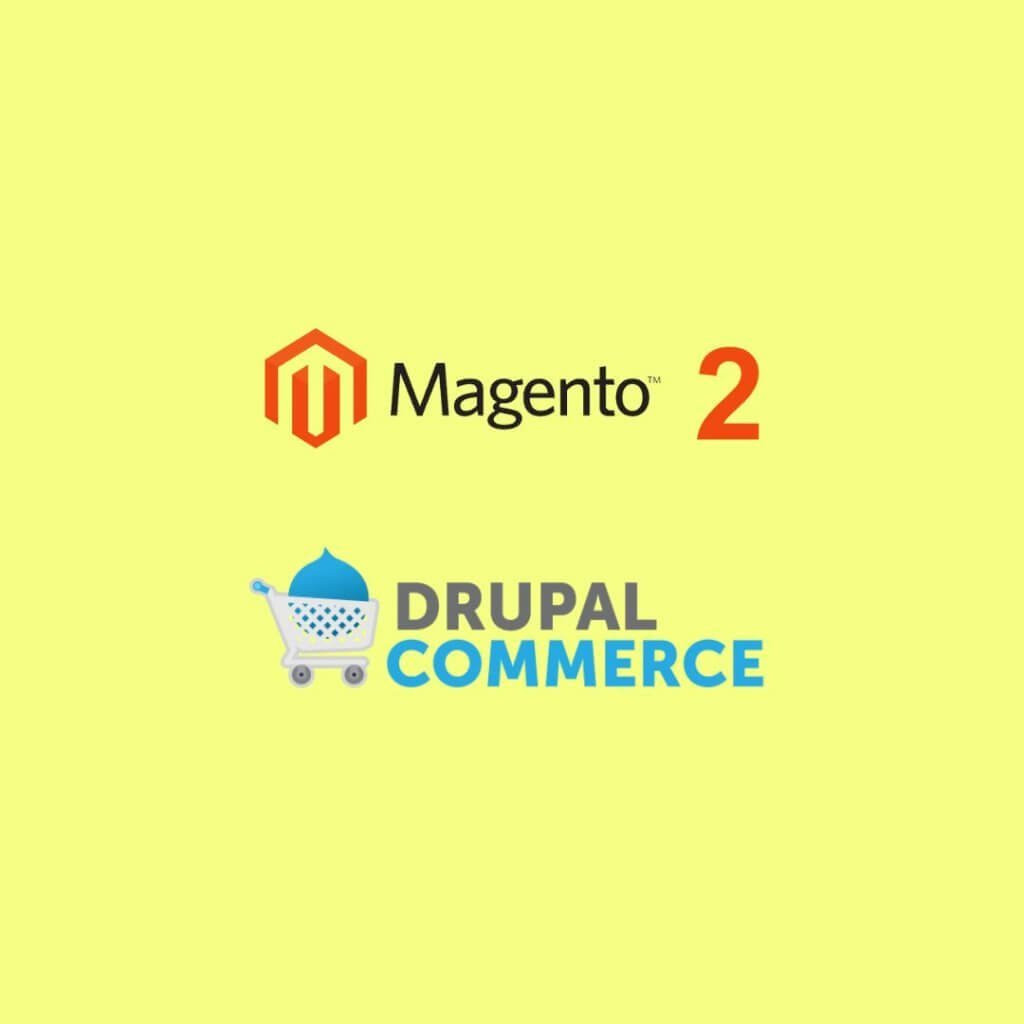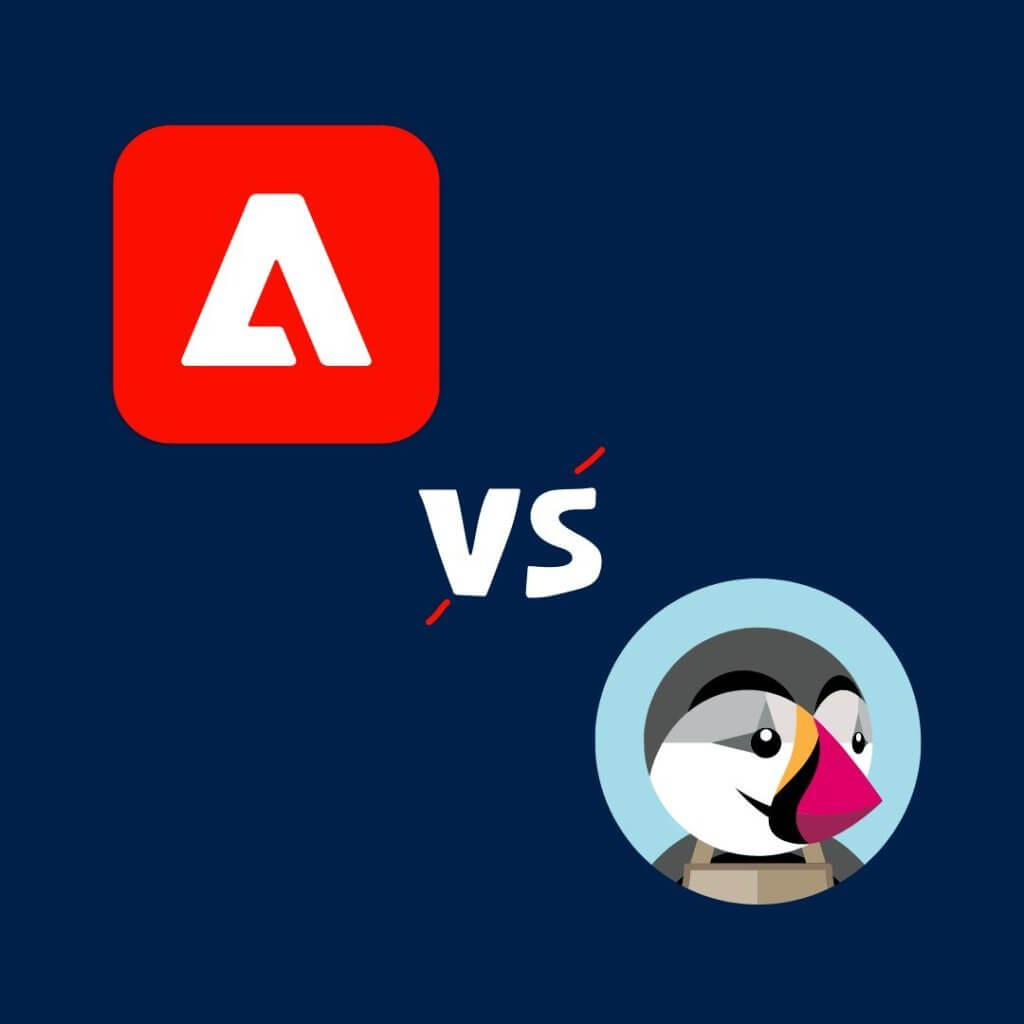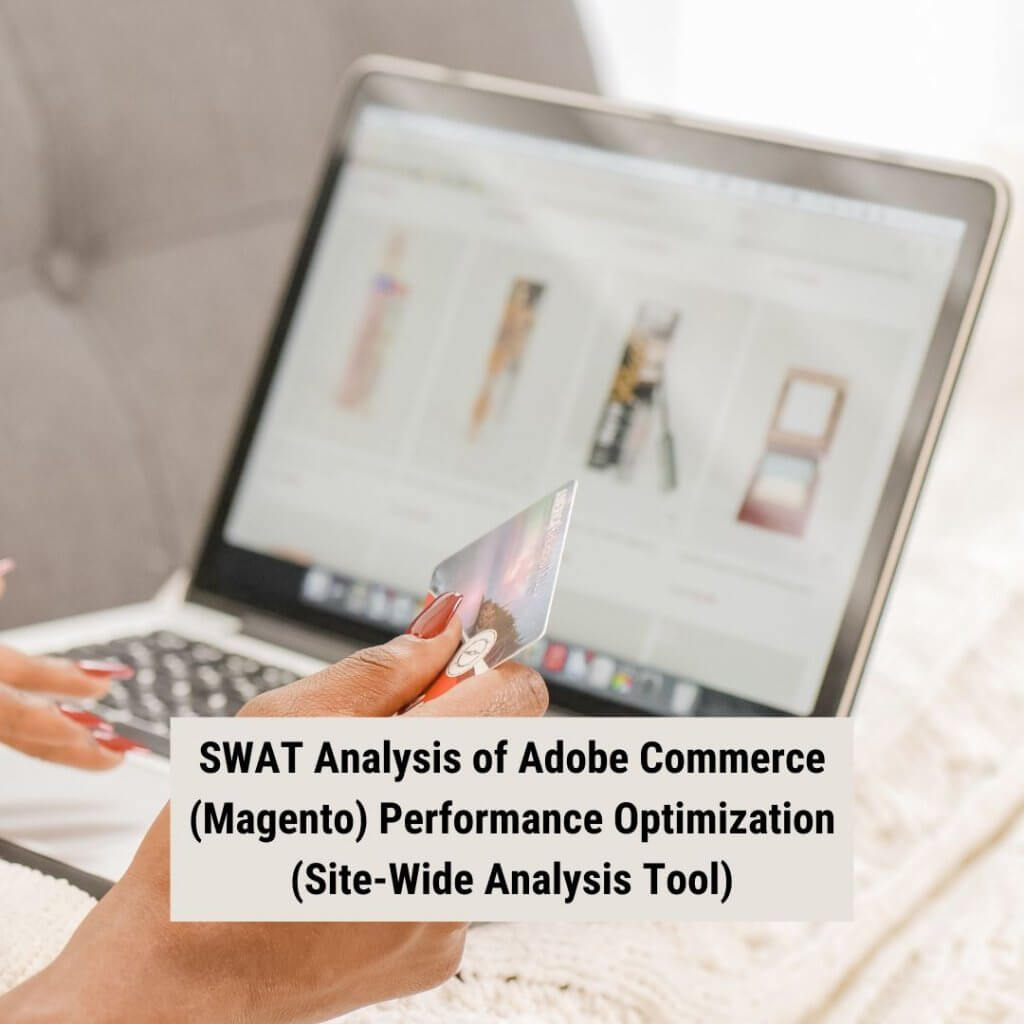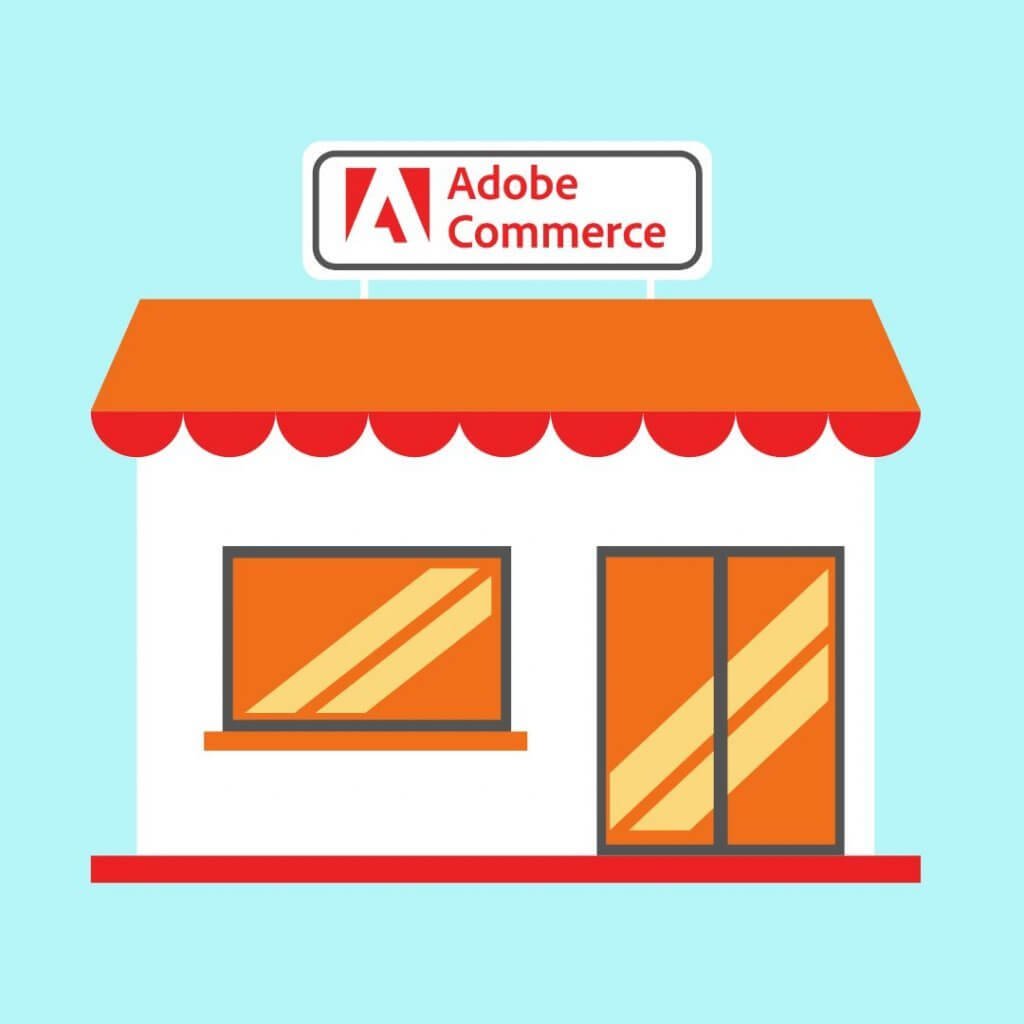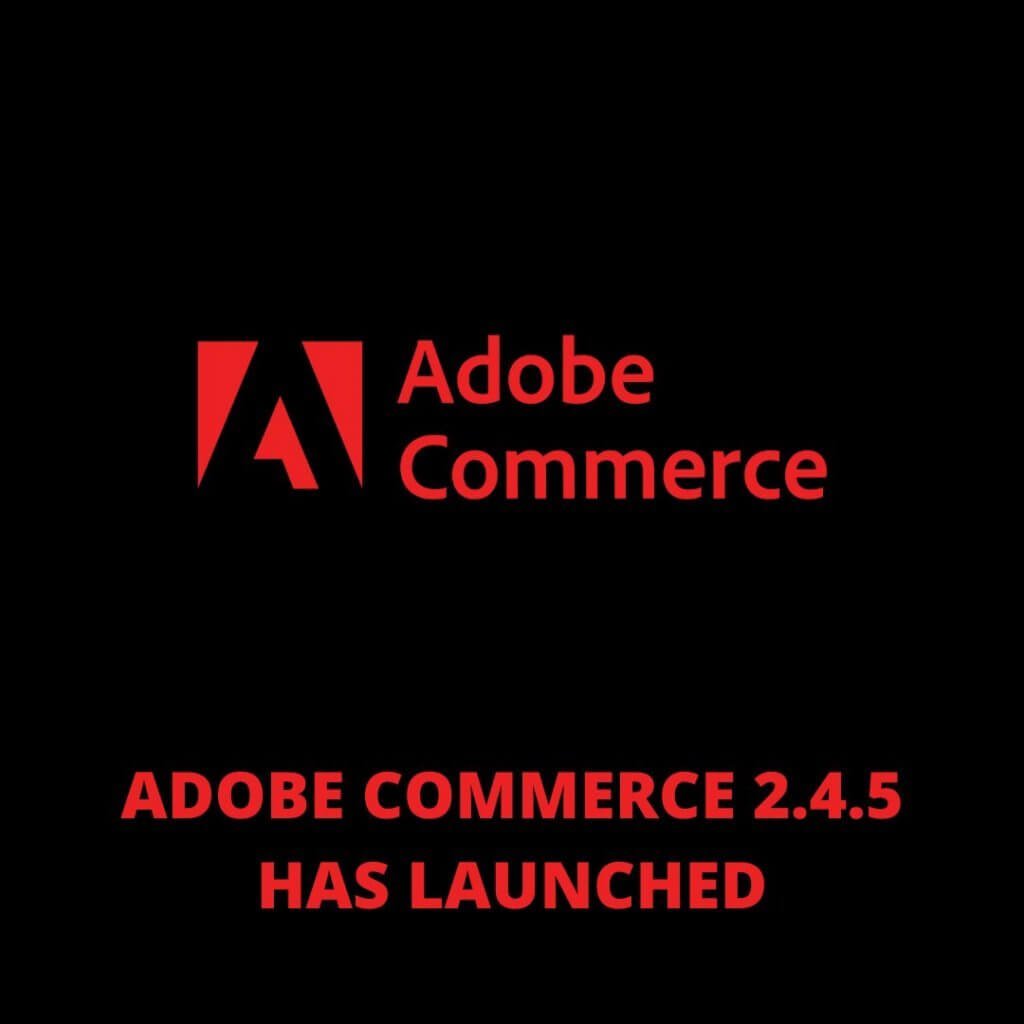
As the eCommerce market grows, many new companies are starting up to increase market income on many levels. Even though the online marketing model has taken away many of the old problems with physical marketing, there are still many problems that need to be solved as soon as possible. Maintaining and running internet stores is one such challenge.
There are many platforms for making e-commerce websites, but you won’t be able to manage and maintain them. You will experience declining sales, lower revenues, and other problems without these. Magneto and Shopify can help with this situation. These sites are great for developing online stores, handling business operations, and keeping up with digital media used for communicating with customers.
But not everyone is capable of selecting the one that would work best for their e-commerce websites or applications. If you choose the incorrect platform, you could end up in danger. It could potentially result in a loss of investment and no revenue. Because of this, we’ve given you all the information you need to choose between Shopify and Magneto to build your online store and keep it running smoothly.
Magento 2: What Is It? Now Called Adobe Commerce

Magento Commerce, which is now called Adobe Commerce, is one of the most popular eCommerce platforms that most retailers use for their stores. As an open-source platform, it makes sure that each user can get the help they need when they need it. This online platform excels due to its three main foundations, which are:
1. Marketing Strategies
With its best marketing features, you can plan and run campaigns, target the right market, raise brand awareness, and even look at the results to come up with new strategies.
2. Search Engine Optimization (SEO)
You may make your website more visible in the SERPs with the use of search engine optimization. The number of viewers who can view your store will grow, as will the volume of traffic. Additionally, this will result in increased lead generation and conversion rates.
3.Catalog Management
The three most important things you need to do are: keeping the product catalog up-to-date; use the filters to narrow down the list; and organising them according to particular features. By doing this, you can be sure that your customers will have a wonderful time purchasing online.
Shopify: What Is It?

Shopify provides the same platform for online retailers as WordPress does for the creation of blogs. Through it, you can build an e-commerce website, manage all of its features, add plugins and extensions, and keep up with its general performance. The interactive user interface of Shopify is one of its main selling points.
No matter how much experience you have with e-commerce, Shopify can help you create the perfect website or app, regardless of your level of expertise. Below is a discussion of some of this web platform’s key features.
- It assists you in designing the ideal storefront or another interactional platform via which you can introduce yourself and explain the mission of your business to customers. You can perform sales, plan marketing initiatives, and gather money with the use of a storefront.
- Using Shopify, you may highlight or show any number of products. You have a lot on your plate, including creating a product catalog and adding several filtering categories and options.
- You can simply maintain consumer interest in order to encourage them to make purchases from your store with the use of Shopify’s marketing tools. Additionally, you can keep them and guarantee more sales in the future, increasing revenue by a significant amount.
- The easiest and safest action is payment processing through Shopify. Accepting payments, processing them, and protecting all user information will be your top priorities while running an online store. It’s difficult to complete these chores on your own, which is why Shopify exists.
Adobe Commerce (Magento 2): What Can You Expect?
Do you want to know how Adobe Commerce in Magento 2 can completely change your online store?
It is perfectly normal to be concerned about this specific truth. You won’t be able to take full advantage of the platform until you are fully informed about everything. So let’s have a look at all the things that Magento has to offer.
- Artificial intelligence is one of the main add-ons that has significantly altered how Magento functions. Chatbots can now be integrated into your web platform to engage customers virtually thanks to AI.
- On your online store, you’ll have additional chances to tailor the marketing experience for each customer. You will have an advantage in delivering personalized emails and enhancing your customers’ experiences, for example, if you segment your clients based on specific demographics. Real-time activity tracking is also possible when the push notification option is enabled.
- By adding several online payment options, you will be able to accommodate the evolving digital world and make payments flexible. To enhance user experience and pleasure, you can also lengthen the time it takes for a page to load.
What Should You Expect From Shopify?
Like Magento, Shopify includes a variety of features that make selling online simpler for retailers. Before selecting this platform, you should be aware of the features we’ve covered in the section below.
- By integrating your online business with Amazon, you can make sure that your target market sees it more often. Putting a company on a platform this well-liked is a blessing.
- Many popular social networking features, like Facebook News, Facebook Shop, and so on, can be added to your Shopify store without any trouble.
- The creation of a retail point of sale is one of the key things you can do with Shopify. It’s a technology that lets you link your company’s apps with actual points of sale. A warehouse management system and the computer used in the store, for example, can be put together.
Pros and Cons of Shopify
Pros of Shopify
- One of the simplest platforms to utilize is Shopify. You won’t need to look for tutorials or ask for assistance to learn how to use it.
- All of the themes you can discover here are quite easy to use and can assist you in building a visually beautiful website.
- Across all pricing levels, any abandoned cart that contains items but has not been used will automatically be saved.
- Dropshipping is a function that Shopify is well recognized for.
- 20 language options are completely up to you to add to your e-commerce website and application.
- You will get the ability to send 10,000 emails every month using its unique email marketing tool.
Cons of Shopify
- The maximum number of product categories you can add is three. For each product category, you can only make 1000 different variations.
- To access the premium, restricted reporting capability, you must purchase one of the pricey premium plans.
- If you use the Shopify Payment method, you will only be able to accept payments from a small group of countries.
- If you don’t upload every product image with a certain ratio of height to width, the file won’t show up on the platform.
Market Trend Between Shopify And Adobe Commerce (Magento 2)
1. Market Trend for Magento 2 and Adobe Commerce
- Global Magento Google Trends statistics for the previous five years
- Google Trends for Magento
- Statistics from Google Trends for the past five years for the world of Adobe Commerce
- Google Trends Google Commerce
2. Market Trend for Shopify
- Global Shopify Google Trends statistics for the previous five years
- Google Trends data for Shopify
Things That Really Make a Difference
You should be aware of a few things if you want to learn more about how Shopify and Magento 2 differ from one another. Everything you need to know is included in the section below.
1. Costing
The pricing options for Adobe Commerce (Magento 2) are more affordable in the long term than those of Shopify. So, if you’re on a tight budget, choose the first choice.
Shopify Pricing Structures:
- Basic Shopify: $29 per month
- Shopify costs $79 a month.
- The monthly cost for Shopify Advanced: is $299
However, to add features in Shopify you have to buy add-ons which makes the whole platform a lot costlier.
Pricing Structures for Magento 2's Adobe Commerce:
- The cost of Adobe Commerce (Magento) ranges from $22,000 to $125,000 annually. Annual licenses for Adobe Commerce Cloud range from $40,000 to $190,000 USD.
- A free trial is available for Adobe Commerce. For more information about pricing, get in touch with Adobe Commerce.
2. Page Speed
Most companies choose this platform over Magento 2 because Shopify makes pages work better than Magento 2. In addition, its performance is superb, ensuring that you can draw the necessary number of spectators. The performance of Magento 2, on the other hand, has not yet reached that level, so we cannot declare that it is blazingly quick.
3. Usability
If we want to compare how easy it is to use Shopify to how easy it is to use Adobe Commerce (Magento 2), we need to look at two different things.
Compared to Shopify, Magento has a slightly more challenging user interface. This is primarily due to Magento’s usage of cutting-edge technologies. The identical item won’t be available on Shopify, though. But because the interface is clear and easy to use, you only have to put in half as much work.
Shopify will again beat the competition when it comes to how easy it is to install and set up. This can be easily downloaded and used as a desktop application. To complete the process, simply log in to your account. However, installing Magento is not simple, so don’t bother with further assistance.
4. Templates & Design
If you think about designs and layouts, you can use Shopify more quickly and easily. This is due to how user-friendly each theme and other design is. They can even be altered without the aid of programming. When using Magento 2, this specific feature is absent.
5. Inventory Control
When it comes to inventory management, Magento 2 comes out on top since it offers some of the most incredible capabilities, including bulk product uploads from databases and tables that are automatically updated with fresh stock, sales, and other information. The other platform, however, can function more effectively than Shopify.
6. Blogs and Content
Compared to Shopify, Adobe Commerce’s (Magento 2) blog and content services are much more sophisticated. Magento 2 has great SEO tools that make it easy to improve your site’s content and get more customers.
7. SEO
Shopify’s SEO tools perform somewhat worse than Magento’s.
8. Integrations
One of Shopify’s most important features is the many ways it can connect to third-party apps and websites. Shopify will provide excellent solutions, including online retail platforms and warehouse management systems. However, when it comes to interacting with other programs, Magento 2 is not that sophisticated.
9. Plugins and Apps
No matter what pricing plan you choose, Adobe Commerce (Magento 2) has much better plugins and app connectivity.
10. Transaction Fees and Payment Options
Shopify has won if we take into account the numerous payment choices. It incorporates numerous payment gateways and has lower transaction costs. However, Magento doesn’t offer as many options as other platforms.
11. Dropshipping
Both Shopify and Magento support dropshipping, but Shopify makes it much simpler and less expensive to do so.
12. Safety
In terms of safety, Magento is using cutting-edge technologies to support its stores. It releases its updates frequently to resolve security bugs and better protection of the stores from hackers. There are no such regular security updates in Shopify.
13. Client assistance
There is a 24-hour customer service line for Magento 2 (Adobe Commerce). Shopify gives you this feature to help your customers find answers to their questions.
14. Sales Elements
With the help of a sales report, Shopify can help you figure out how well your sales staff is doing. However, Magento you gives you more insights in reports and analytics.
15. Build Time
For Magento to finish the application development, additional time is required. The process of creating an app can be easily finished using Shopify, though.
Which should you choose between Magento 2 and Shopify?
This is a challenging choice because you won’t be able to pick between Shopify and Magento until you learn how each can transform your business. We suggest reading through the features to figure out which parts are most important for your business. When you’re finished, you may double-check your work using Shopify and Magento 2’s respective tools. By doing so, you can quickly and simply recognize the best platform.
How may we assist you?
At Ceymox Technologies, we guarantee that one of our advisers will be able to assist you with each and every one of your inquiries, and that they will do it in a timely manner. Our experts will walk you through the many differences between Shopify and Magento so that you can choose the e-commerce platform that best fits your needs.
We have a team of Magento 2 developers who are smart and talented, and they know how to leverage the features of each platform to produce the best possible outcomes. Because of this, you won’t come to regret dealing with our company.
Conclusion
Now that you know how Shopify and Adobe Commerce (Magento 2) are different, your main concern will be how these two platforms compare when it comes to your business needs. You will have no trouble selecting the platform that best suits your needs. It’s important to avoid making rash choices because they could end up having a detrimental impact on your life.
Frequently Asked Questions of Shopify vs Adobe Commerce (Magento 2)
No, Magento outperforms Shopify by a wide margin. You get access to customer service that is available 24 hours a day, no-code adjustable themes, sales analysis reports, and more than a thousand features. With Shopify, you won’t be able to locate the same thing.
The best eCommerce platforms include Shopify and Magento 2. However, each has unique characteristics, so you must fully comprehend them. Once you have a better understanding, choosing one is simple. If you’re a small retailer and need a point-of-sale system, Shopify can be a good choice. Similarly, if the price is not an issue, Magento 2 is the best choice.
Shopify is accessible without cost. However, the functions are limited, so you must be certain that using that specific platform without having to spend any money is something you want to do. On the other side, Magento is just one-time investment and you get all that you may need.
 Hubspot SEO Certified |  Hubspot SEO II Certified |  Google Ads Search Certified |  Google Analytics Certified |
Sreehari N Kartha is a skilled Digital Marketing Analyst at Ceymox, certified in SEO. His expertise encompasses a wide range of digital marketing strategies, including managing advertising campaigns on platforms like Google Ads, Facebook Ads, Instagram Ads, WhatsApp Ads, and LinkedIn Ads. With a strong foundation in SEO and SMM, Sreehari is adept at optimizing online visibility, driving engagement, and generating qualified leads and conversions. His passion for emerging technologies, such as Crypto, NFTs, and Web3, further complements his skillset, enabling him to navigate the dynamic digital landscape.
View All Articles

